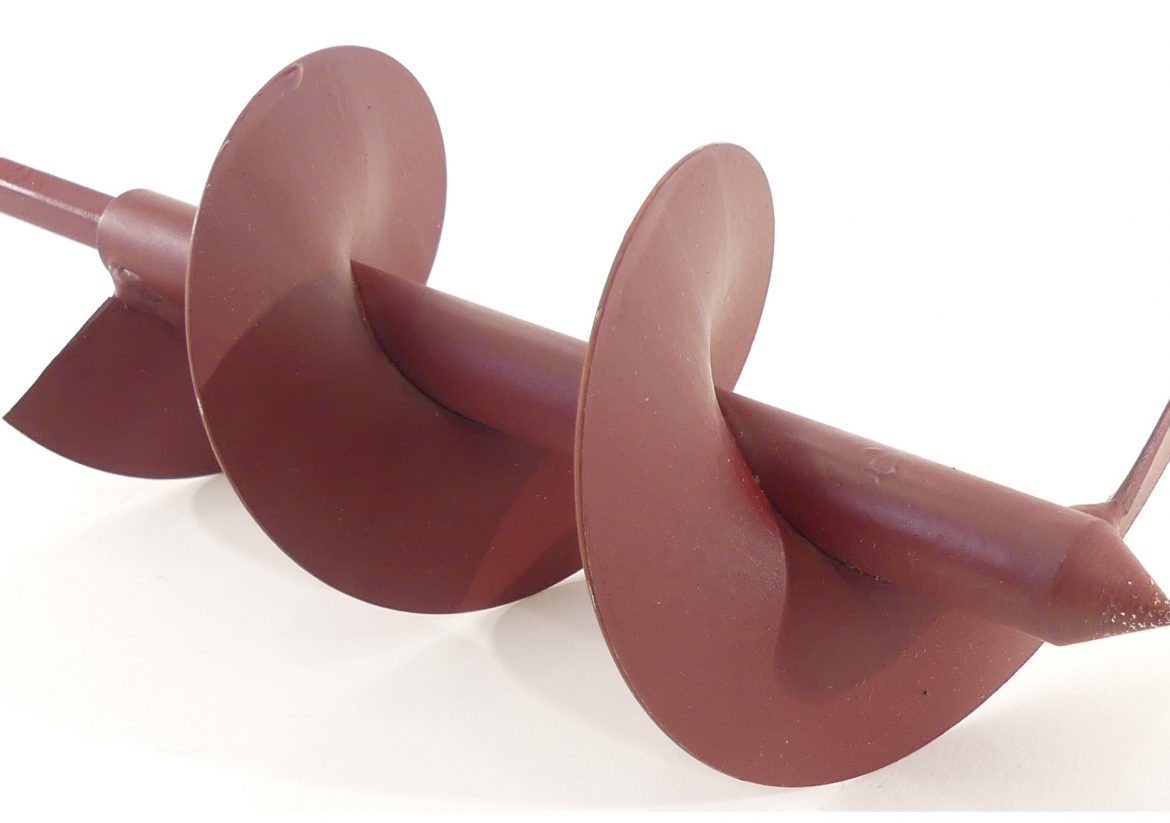What is the Best Way to Prepare Healthy Soil For Your Garden

What is the Best Way to Prepare Healthy Soil For Your Garden
If you’re getting ready to go on a new garden venture, you need to prepare your soil to ideally house your plants. The best thing you can do in the soil preparation process is to reach the perfect loam mixture of sand, silt, and clay. Preferably there would be 40 percent sand, 40 percent silt, and 20 percent clay and some organic matter. There are several tests used by experienced gardeners to tell whether the soil has a good composition. First you can compress it in your hand. If it doesn’t hold its shape and crumbles without any outside force, your sand ratio is probably a little high. If you poke the compressed ball with your finger and it doesn’t fall apart easily, your soil contains too much clay. If you’re still not sure about the content of your soil, you can separate each ingredient by using this simple method. Put a cup or two of dirt into a jar of water. Shake the water up until the soil is suspended, then let it set until you see it separate into 3 separate layers. The top layer is clay, the next is silt, and on the bottom is sand. You should be able to judge the presence of each component within your dirt and act accordingly. After you’ve analyzed the content of your soil, if you decide that it is low on a certain ingredient then you should definitely do something to fix it. If dealing with too much silt or sand, it’s best to add some peat moss or compost. If you’ve got too much clay, add a mixture of peat moss and sand. The peat moss, when moistens, helps for the new ingredient to infiltrate the mixture better. If you can’t seem to manage to attain a proper mixture, just head down to your local gardening store. You should be able to find some kind of product to aid you.
The water content of the soil is another important thing to consider when preparing for your garden. If your garden is at the bottom of an incline, it is most likely going to absorb too much water and drown out the plants. If this is the case, you should probably elevate your garden a few inches (4 or 5) over the rest of the ground. This raised bed garden will allow for more drainage and less saturation. Digging a hole and filling it with water to determine the permeability of your soil and by extension, its ability to hold water by using a shovel can be problematic because the shovel can contaminate the various layers of soil. The best way to make a perfect hole without contaminating the surroundings is to use an auger. These are also great for planting your seedlings, tulip bulbs, and daffodils. Very effective power drill operated auger bits are made by several companies such as Power Planter, Ames, Lichter, Jissco, Hiltex, 7 Penn, and Yard Butler however, the one we like the best is made by Tech Team https://techteamproducts.com/. Actually, they make two augers. They made a 9” x 3” item 777 https://www.amazon.com/Tech-Team-Planter-Seedlings-Planters/dp/B07S385BW7/ref=sr_1_197?keywords=bulb+auger&qid=1568384841&s=gateway&sr=8-197 and also a 24” x 3” which is their item 778 https://www.amazon.com/Tech-Team-Planter-Seedlings-Planters/dp/B07S386MWG/ref=sr_1_53?keywords=bulb+auger&qid=1568384749&s=gateway&sr=8-53. Either one of these will do an excellent job for making a perfect hole so you can measure the saturation and permeability of your garden soil.
Adding nutrients to your soil is also a vital part of the process, as most urban soils have little to no nutrients already in them naturally. One to two weeks prior to planting, you should add a good amount of fertilizer to your garden. Mix it in really well and let it sit for a while. Once you have done this, your soil will be completely ready for whatever seeds you may plant in it. Once your seeds are planted, you still want to pay attention to the soil. The first few weeks, the seeds are desperately using up all the nutrients around them to sprout into a real plant. If they run out of food, how are they supposed to grow? About a week after planting, you should add the same amount of fertilizer that you added before. After this you should continue to use fertilizer, but not as often. If you add a tiny bit every couple of weeks, that should be plenty to keep your garden thriving.
Basically, the entire process of soil care can be compressed into just several steps… ensure the makeup of the soil is satisfactory, make sure you have proper drainage in your garden, add fertilizer before and after planting, then add fertilizer regularly after that. Follow these simple steps, and you’ll have a plethora of healthy plants in no time. And if you need any more details on an individual step, just go to your local nursery and enquire there. Most of the employees will be more than happy to give you advice. You can also do a Hey Siri or Hey Alexa search for gardening advice.
